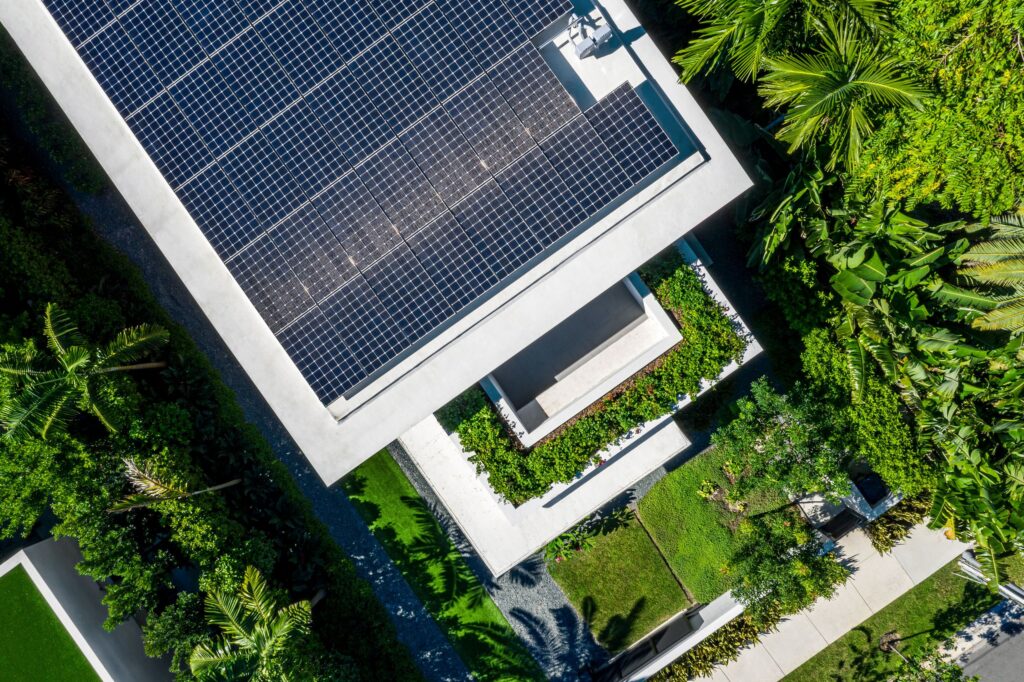
Green Building Insulation Techniques for Sustainable Living
In the modern era, the importance of green building insulation techniques cannot be overstated. These techniques are pivotal in ensuring that buildings are not only energy-efficient but also environmentally friendly. As we strive towards more sustainable living, understanding these techniques becomes essential. By integrating these methods, we contribute to a healthier planet and enjoy reduced energy costs and improved living conditions.

Understanding Insulation and Its Importance
Insulation plays a critical role in maintaining the temperature within a building. By reducing the exchange of heat through walls, roofs, and floors, insulation helps keep a building warm in the winter and cool in the summer. This not only enhances comfort but also significantly reduces energy consumption, aligning with the goals of sustainable cities and communities.
Types of Insulation Materials
Natural Insulation Materials
Natural materials such as wool, cotton, and cellulose are increasingly being used in green building insulation. These materials are renewable, biodegradable, and have excellent insulating properties. They offer a sustainable alternative to synthetic insulation materials, contributing to a reduced carbon footprint.
Synthetic Insulation Materials
Synthetic materials like polystyrene and polyurethane are also popular for insulation. While not as eco-friendly as natural materials, they offer superior insulating capabilities and are often used in areas where high thermal resistance is required.
Benefits of Green Building Insulation Techniques
Energy Efficiency
By implementing green building insulation techniques, buildings consume less energy for heating and cooling. This results in lower utility bills and reduced greenhouse gas emissions, contributing to a more sustainable environment.
Improved Indoor Air Quality
Proper insulation can also improve indoor air quality by reducing the infiltration of pollutants and allergens. This is particularly important for maintaining health and comfort within homes and other buildings.
Enhanced Comfort
Insulation helps maintain a consistent indoor temperature, reducing the need for artificial heating and cooling. This enhances the comfort of occupants and can lead to improved productivity and well-being.
Implementing Green Insulation Techniques
Assessing Your Insulation Needs
Before implementing any insulation techniques, it is important to assess the specific needs of your building. Factors such as climate, building design, and budget should be considered to determine the most appropriate insulation solution.
Choosing the Right Insulation Material
The choice of insulation material will depend on various factors, including the area of the building being insulated, environmental impact, and cost. Consulting with a professional can help ensure the right material is chosen for your specific needs.
Professional Installation
While some insulation projects can be completed by DIY enthusiasts, professional installation is often recommended to ensure maximum efficiency and effectiveness. Professionals have the expertise to properly install insulation, minimizing gaps and ensuring optimal performance.
Case Studies of Successful Green Insulation Projects
Examining case studies of successful housing projects can provide valuable insights into effective strategies and best practices. These examples demonstrate the real-world benefits of green building insulation techniques, inspiring others to adopt similar approaches.
Challenges and Considerations
While the benefits of green building insulation techniques are clear, there are also challenges and considerations to keep in mind. These include the initial cost of materials and installation, as well as potential issues with compatibility and performance. It is important to carefully weigh these factors to make informed decisions.
The Future of Green Building Insulation
As technology advances, new and innovative insulation materials and techniques are being developed. These innovations promise to further improve the efficiency and sustainability of buildings, supporting our transition to a more sustainable future.
Conclusion
Incorporating green building insulation techniques into construction and renovation projects is a critical step towards achieving sustainability goals. By understanding and implementing these techniques, we can create more energy-efficient buildings that provide a comfortable and healthy living environment. As we continue to innovate and adapt, the future of green building looks promising.

FAQs
What are the main benefits of green building insulation?
Green building insulation offers numerous benefits, including energy efficiency, improved indoor air quality, and enhanced comfort. These benefits contribute to a more sustainable and healthy living environment.
How do I choose the right insulation material?
The choice of insulation material depends on various factors, including the specific needs of your building, environmental impact, and budget. Consulting with a professional can help ensure the right material is chosen for your needs.
Can I install insulation myself?
While some insulation projects can be completed by DIY enthusiasts, professional installation is often recommended to ensure maximum efficiency and effectiveness. Professionals have the expertise to properly install insulation, minimizing gaps and ensuring optimal performance.
This article contains affiliate links. We may earn a commission at no extra cost to you.